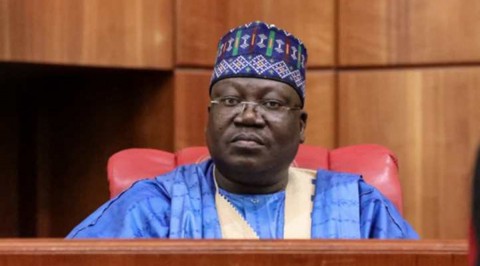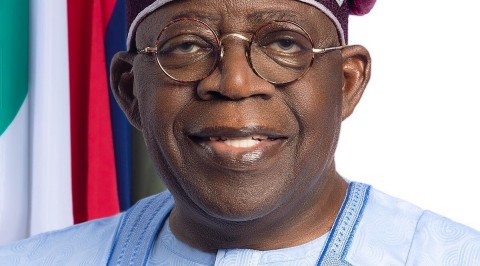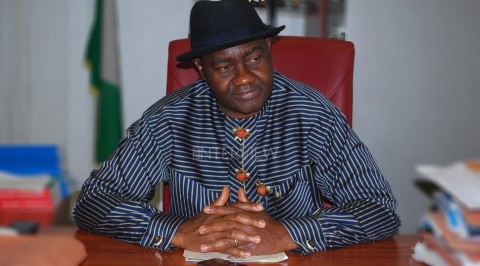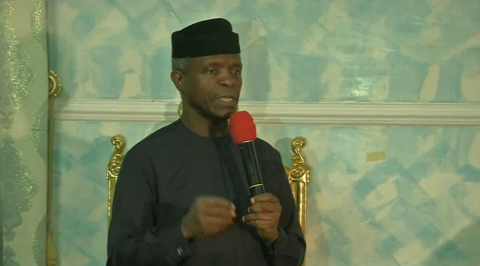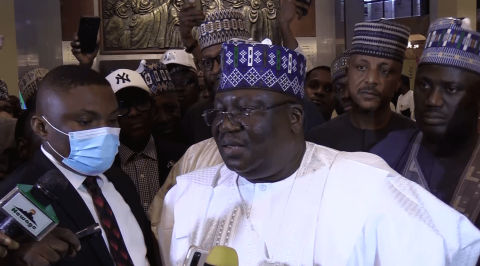South Korea Ferry: Relatives Of Victims Demand Meeting With President
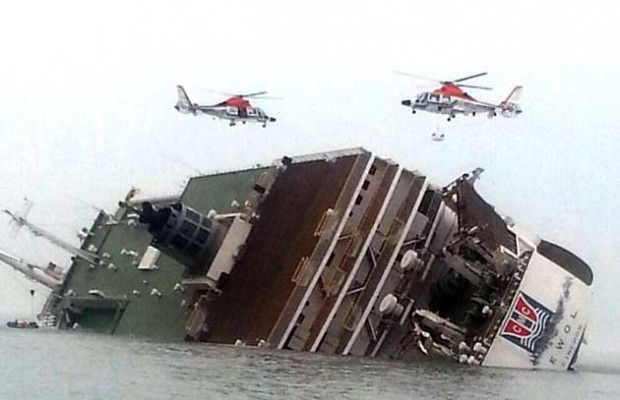
Parents of youths lost in last month's South Korean ferry sinking have brought their anger to their president’s doorstep.
Early Friday, the mothers and fathers of the Sewol ferry victims tried to march on the Blue House, South Korea’s presidential office, but were blocked by riot police from reaching the building. They then started a sit-in protest at the side of a road, calling for a meeting with the president.
The parents shouted in unison, “President Park Geun-hye, come out! Listen to our voices!”
Since the Sewol went down on April 16, South Korea has been stricken with anger and shame at the magnitude of the tragedy in which 273 have been confirmed dead and 31 are still missing, as well as a slow government response.
“My baby is dead. That’s why I’m here,” said a middle-aged woman surnamed Lee, while clutching a portrait of her son, a Danwon High School student who perished in the Sewol’s sinking.
“I can’t believe the Republic of Korea has come to this,” Lee added while gesturing to the hundreds of police officers encircling the protesters, holding up traffic along a normally busy stretch of road in the capital.
Lee and other parents had taken the portraits of their children from the government memorial near Danwon High School in Ansan, a suburb just south of Seoul, and carried them throughout their sombre march. They first trekked to the headquarters of KBS, a major broadcaster. The parents were angry at comments made this week by a KBS journalist who played down the scale of the Sewol sinking, arguing that the nearly 300 deaths are less significant when compared to the number of people who routinely die in traffic accidents.
On Thursday, local media carried photos of a protester in central Seoul’s Gwanghwamun Square being dragged off a statue of King Sejong, arguably the country’s most iconic monument. The young man had reportedly climbed the statue’s pedestal to call on Park to resign after ordering a thorough investigation into the Sewol’s sinking.
The Sewol tragedy has prompted reflection in South Korea over how lax safety standards and unenforced regulations could have led to such a large tragedy. Late last month Prime Minister Chung Hong-won resigned, in what he said was a gesture of contrition for allowing “deep-rooted evils” that played a role in the sinking.
The government has since announced measures to tighten maritime safety in the hope of preventing another accident. The Ministry of Oceans and Fisheries has said that beginning in July all passengers and cargo will be processed electronically, in an effort to provide reliable accounts of the number of passengers and the weight being carried.
Excessive amounts of cargo have been pointed to as a possible cause of the sinking. The Sewol ferry was refurbished in 2012 to add capacity after the ship was purchased by Cheonghaejin Marine, its current owner. Analysts have said the refurbishment would have raised the ship’s center of gravity, possibly making it more top-heavy and vulnerable to being thrown off balance.
Since the sinking, the total number of people reportedly aboard the Sewol has also changed, as were estimates of the total amount of cargo the ship was carrying. At a briefing on Wednesday, the South Korean Coast Guard officially lowered the number of passengers who were rescued from the ferry to 172 from 174. The higher number had been the result of some passengers mistakenly being counted twice.
